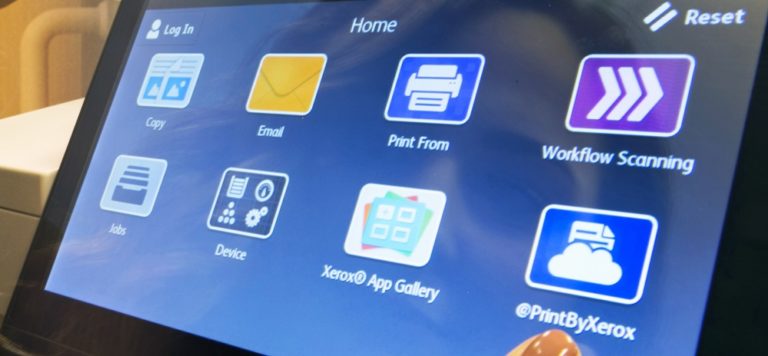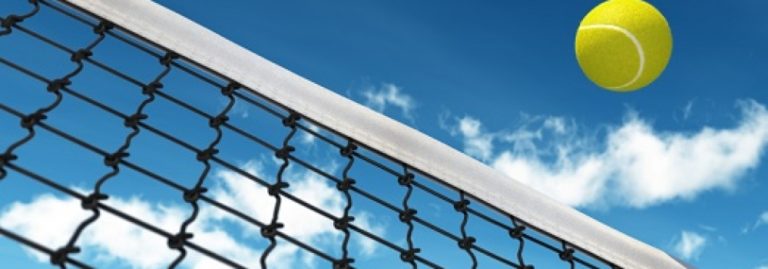How printing technology can improve the practice of medicine and meet Hippocrates’ rule: “Do no harm.”
By Lalit Mestha, research fellow, Xerox Innovation Group
I have expertise in electrical engineering, large scale systems, complex algorithms, spectral sensing and modern control theory – all of which fit well with developing next-generation printing systems. If you told me a few years ago that I would instead use these talents to detect the heart rate, temperature and oxygen saturation of newborn babies — or from arrhythmia patients — I wouldn’t have believed you.

Yet today I am leading a team of scientists and researchers who are developing a very exciting application that promises to not only simplify the ability to continuously monitor critically ill patients for a prolonged duration, but to do it cheaper too.
Pilots of remote healthcare sensing technology, developed by my team of researchers from the Xerox Research Centre India (XRCI) and Xerox Research Center Webster (XRCW) in New York, have confirmed the accuracy of using video cameras and data analytics to monitor a patient’s condition without wires, discomfort, emotional suffering or risk of infection.
This contact-free approach means we’ve found a way to monitor a patient’s vital signs and detect cardiorespiratory diseases, without sticking him with needles or attaching electrodes and sensing devices directly on the skin. If you’ve ever had to wear a heart monitor for an extended period of time – or saw a new-born baby with multiple monitors and wires attached to her delicate skin – you’d know why remote sensing holds such great promise.
How it works
When a heart pumps, for example, freshly oxygenated blood makes the skin appear redder. A video camera documents these subtle changes that are imperceptible to the human eye, and a computer then calculates a heart rate. Because the cameras can scan skin from a distance, patients can – in theory – be free from wires, sensors and other devices that typically are used today. The pulmonary functions are measured using depth-capable sensing by projecting an infrared pattern on the body. A computer then analyzes the received pattern in real-time.
Using cameras to track a patient’s condition can improve comfort levels, decrease the risk of infection, and open up the possibility of diagnosing patients at their homes, rural clinics, and other locations that may be far from a specialist.
Other uses
We’re also testing similar remote sensing technology on patients undergoing electrocardioversion treatment at the University of Rochester Medical Center in New York. This pilot uses cameras to detect atrial fibrillation, a condition that can increase the risk of stroke by a factor of five. Recent pilot data on patients with atrial fibrillation has shown that our remote, contactless sensing technology is accurate, and compares well with traditional ECG sensors that are attached to the patients’ skin.
Now that we’ve done these initial pilots, we will explore other applications for this technology such as:
- Detect other cardiac arrhythmias like ventricular premature contraction.
- Monitor blood pressure or pulmonary ventilation.
- Observe the progression of lung function — all without any contact.
So, just as I had no idea I’d be conducting research with medical doctors, taking (and teaching!) courses on anatomy and physiology, I can’t wait to see what the next year will bring, or what we’ll learn about improving wellness and health.
So check back with me next year.
(Dr. Lalit Mestha a research fellow at Xerox Innovation Group with expertise in spectral sensing, complex algorithms, control systems, physiological controls, and modeling of physiological systems. Thanks to applying his imaging and controls knowledge to healthcare he now knows the difference between a carditis and cardiomyopathy!)




Amazing work, waiting to see the bigger picture. Should be used in larger scale in health care sector. All the best.
Glad to hear you like this article. And if you’re wondering how our team was able to apply this technology to a medical setting, these articles will help you:
Could Kinect One Day Save Your Life? For Real?
Anatomy of a Lunch Hour
Cheers,
Greg